From the ancient feudal era through an industrial revolution in a few years, there’s something unique about the Japanese social, cultural, and mental psyche that propels them more than others.
Boshoku is one of them. Bosozoku biker gangs in Japan represent the best of the unique culture of this nation.
In the 1950s, Bosozoku gangs, riding on custom-built bikes, developed into a thriving youth movement of 40000 members. They are distinguished by their custom rides, bold attire, and deontological code. The Bosozoku gangs have been immortalized as part of Japanese society as youthful rebels with no cause; however, they also serve as bearers of culture and heritage.
Japan was not even a reality in that period. In contrast to the technology-driven power that was evident in the late 20th century and early 21st century, Japan, by the time of the Second World War, was in destruction. While the commercial and industrial sectors were transforming investments, no one was taking action to rebuild a country almost destroyed by the conflict.
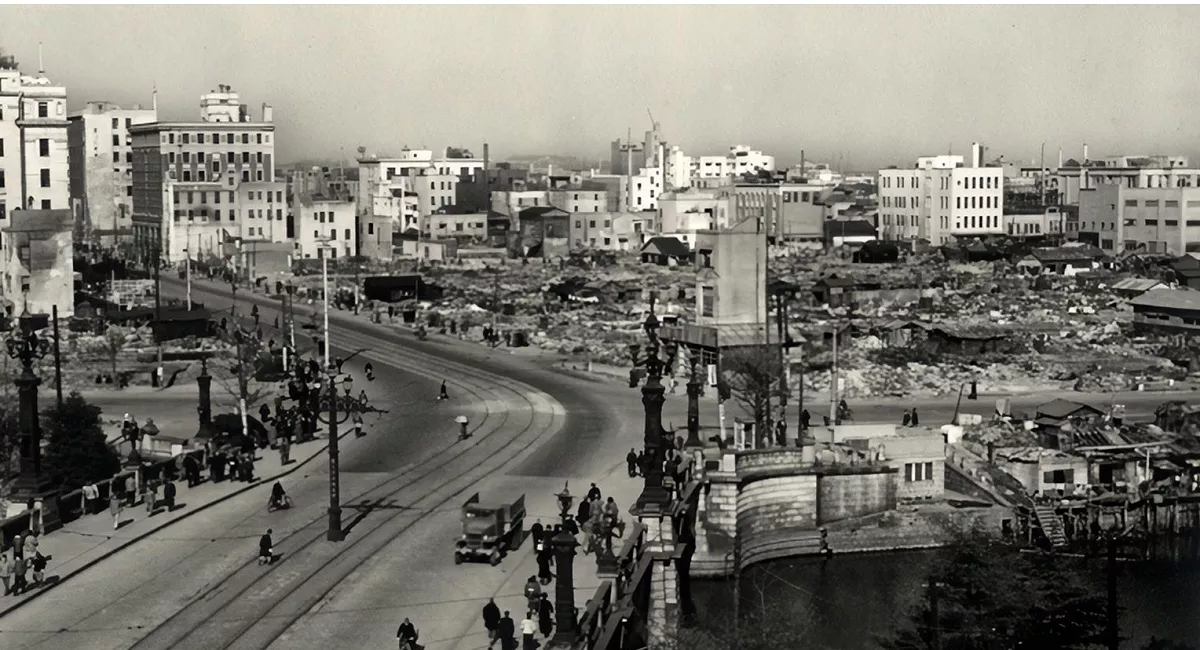
Some people who were left unemployed included ex-military pilots, like Kamikaze. Before their time, they were highly respected and accustomed to living a life of risk and extremes. The veterans joined to form groups called Kaminari Zoku (“Thunder Tribe”).
They were traveling around their towns and cities over weekends and reviving their camaraderie and the dangers they faced. Gradually, however, the young people of the 1960s and 1970s began to replace those of the War Generation as they aged into retirement
Kaminari Zoku swelled their numbers and transformed into a growing group of riders into an entire national motorcycle movement glamour, driven by media that have branded them as the Bosozoku, The ‘Violent Running Tribes.’
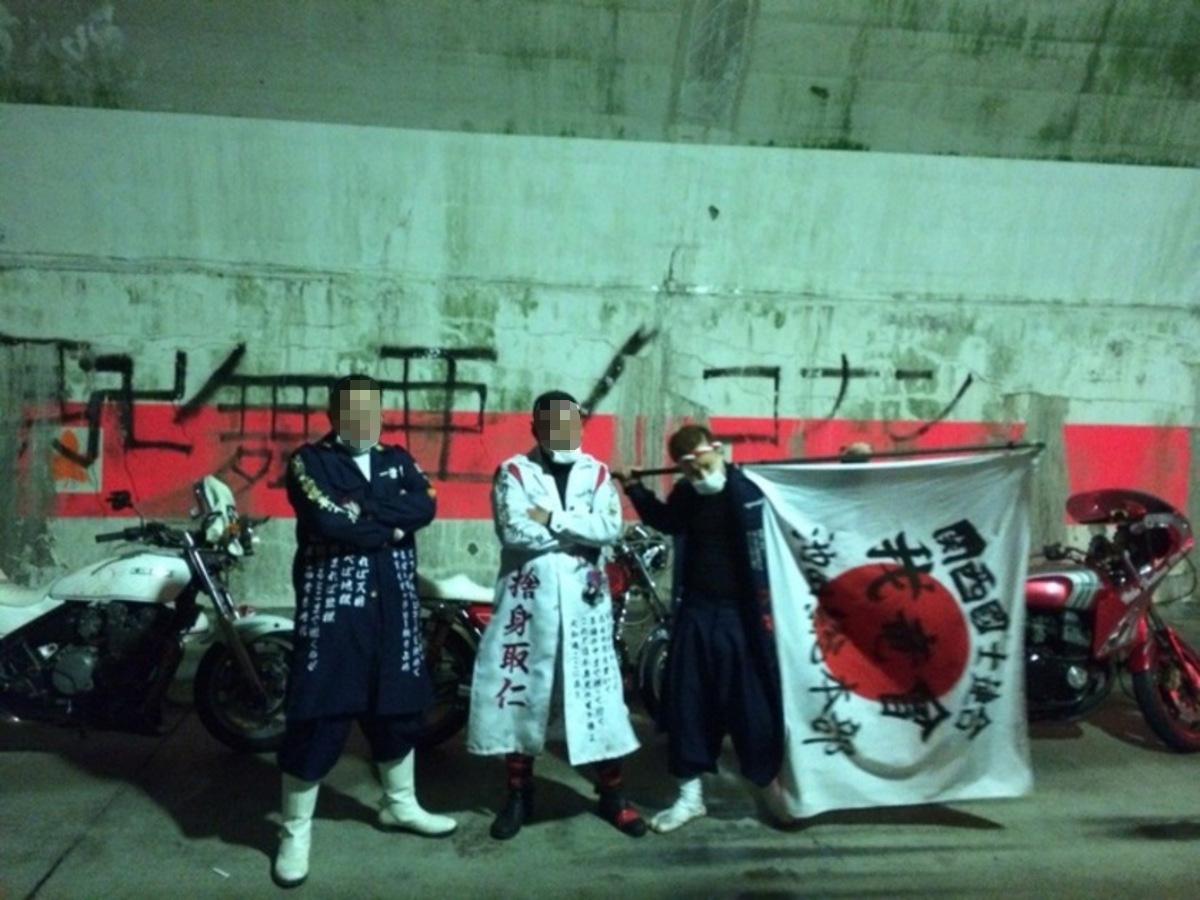
As the rest of Japanese society transformed and opened to the outside world, the Bosozoku tradition focused on preserving its traditional behavior codes. The Bosozoku social structure and network originated from the strict guidelines that governed the behavior and actions of group members. Deliberately breaking laws or confusing police officers was generally tolerated. However, some groups considered it morally wrong to harm citizens. If another group threatened an individual group, it was an issue of life or death to protect your group. The escalation of violent turf wars, kidnappings, and death weren’t uncommon.
While living at the fringes of society, the Bosozoku alums have also been quick to draw attention to the positive effects they derived.
“One time, we helped a woman get her car out of a muddy ditch on the side of the road,” recalls Keizo-san, a former Bosozoku group leader, in a Vice News interview. “Since there were a lot of us there, we lifted the vehicle… to return it onto the road. We accomplished several great things, also. There weren’t a lot of bad things. Most of it was the youthful spirit of our generation.”
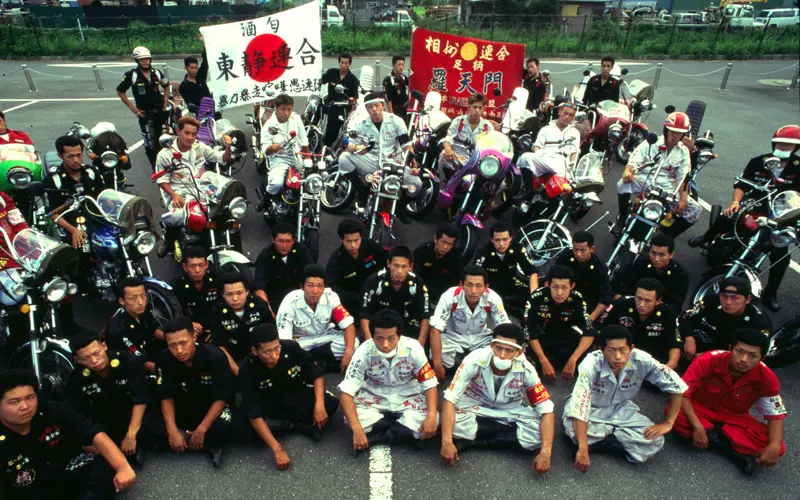
Unlike the Westernized formal attire and tie that had become popular in Japan with Western-style business attire, the Bosozoku created a unique fashion and brand, paying tribute to their predecessors by adopting a uniform style known as Tokkofuku, which they modeled after the military uniforms of pilots. Similar to gangs in Western countries, they dressed in distinct patterns and colors and boldly embroidered the names of their members, slogans, and other symbols.
Groups of people cruising together across towns and cities, often in the thousands, slowing down roads and causing troubles. It appeared unplanned, reminiscent of nostalgic fun. They helped bridge generations between former members as well as new members. They were a sign of stability and strength in an ever-changing and fast-paced way of life.
Bikes of the Bosozoku
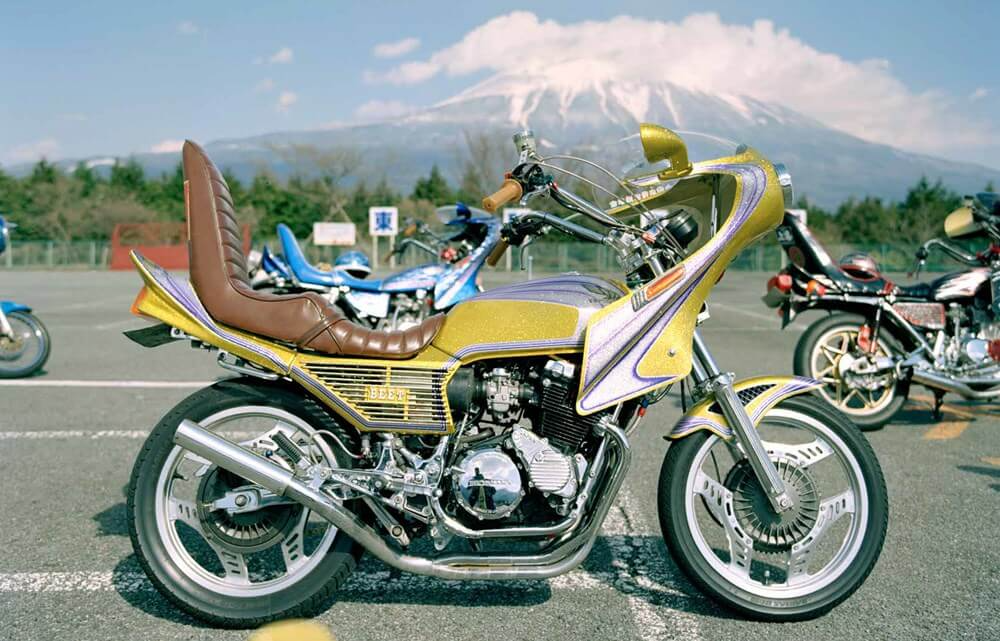
However, nothing can make someone more prepared for the primary action of the Bosozoku tradition: motorbikes. The majority of them began life as local-made road motorcycles, Bosozoku motorcycles later transformed into a different model to reappear in the marketplace in the form of Kaizosha (“Modified vehicles”), which were bikes that were greater than just the sum of their components.
Though American choppers, as well as British cafe racers, could be blamed for having influenced their design, Bosozoku motorcycles are unquestionably distinct. They equipped the motorcycles with modified exhausts, large fairings, and massive sissy-bars. They embellished the motorcycles with flashy graphics, paint, and flags. The symbol of the Rising Sun became commonplace in advertising. People often modified multiple horns on a bike to create tunes that bands used for their theme songs.

The Bosozoku were not particularly concerned with performance or speed. The main focus of their culture was displaying their talents to each of their fellows and others in society. Groups of people cruising together across towns and cities, often in the thousands, slowing down roads and causing troubles. It appeared unplanned, reminiscent of nostalgic fun.
The Setting Sun
Today, retrospection is the norm among Bosozoku’s members from the past and current. Today, there is a need for more ways to get around.
In the 90s, often referred to in Japan as the “lost decade,” the economic downturn quickly brought problems to the younger generation. The soaring unemployment rate led to the reduction of disposable income. It also forced bike customization to be a luxury few working classes could afford.
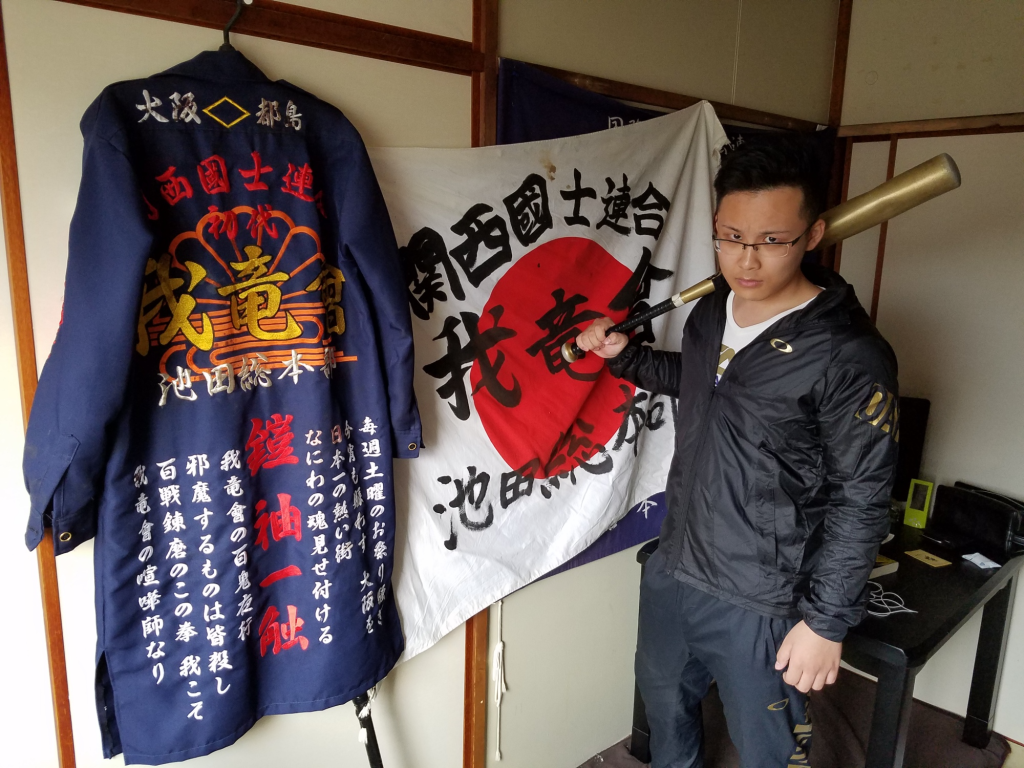
Additionally, the government’s crackdown that began in 2004 saw gangs as individuals, as well as the culture overall, nearly destroyed. The authorities have the power to detain suspect members right on the spot. The Japanese police have been fighting a roughly two-decade-long battle against all motorcycle gangs associated with these activities.
What has resulted from this was the destruction of a tradition that won’t ever return. The culture is alive today since people have learned how to market it. Stroll through the streets of glamorous glamour and glitz in Ginza, the fashion capital of Tokyo, where you’ll see model models wearing revamped versions of Tokkofuku overalls. People wear Tokkofuku overalls with fashionable embroidered labels in the same places where gangs used to gather. Television and film frequently feature Bosozoku style modifications, both in Japan and the West. They take pleasure in creating the outlaw look quickly.
So, for the moment, this will be where the Bosozoku tradition will remain. From war-torn beginnings to intrigue and scandal, through decline, and eventual commercialization, the Violent Running Tribes of Japan are a vital part of Japan’s history. We must not forget them. They will be a constant link to their account as they move forward.
Also read about Komatsu Aims for Mass Production of Remote Control System for Construction Equipment via 5G
